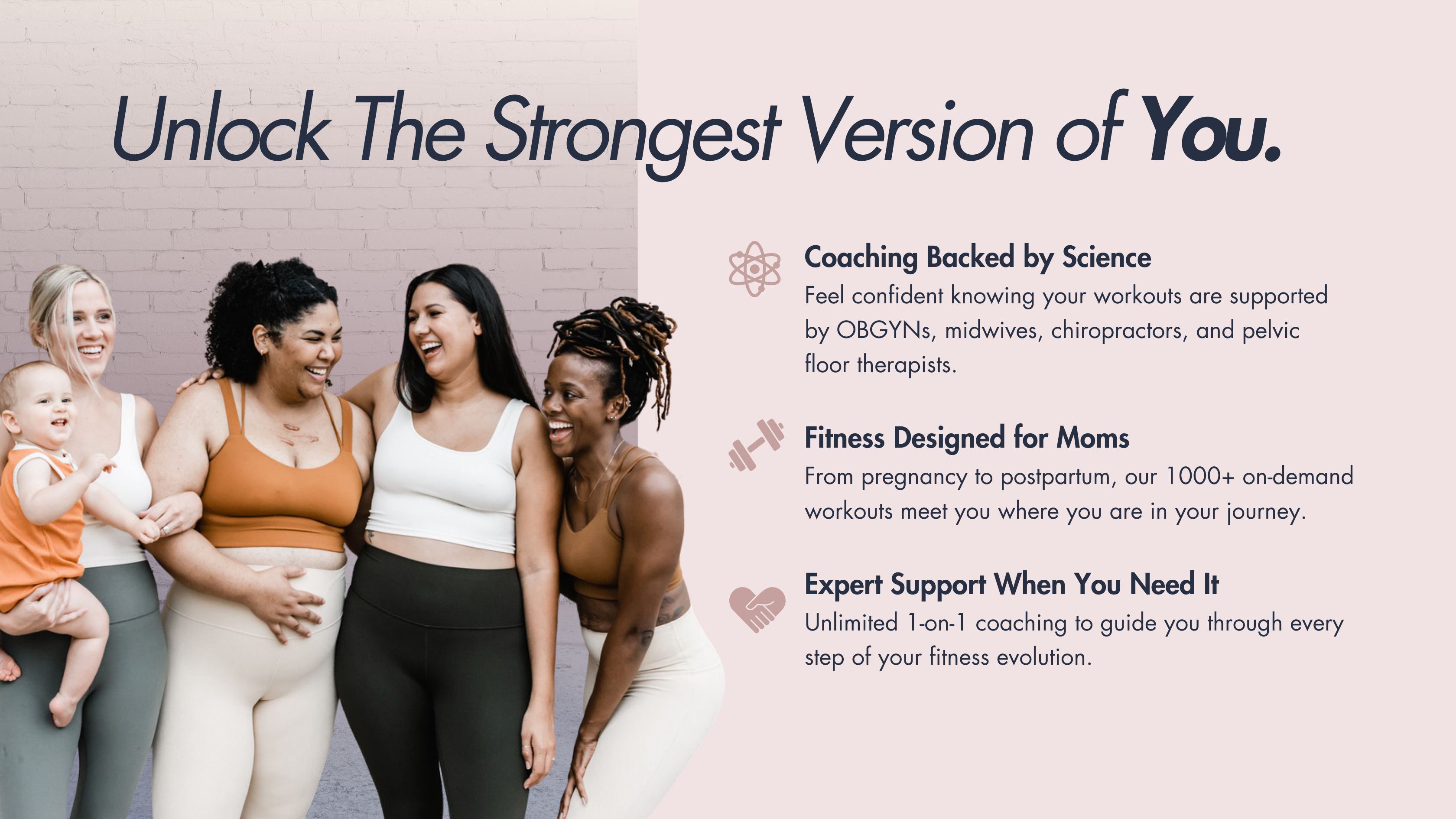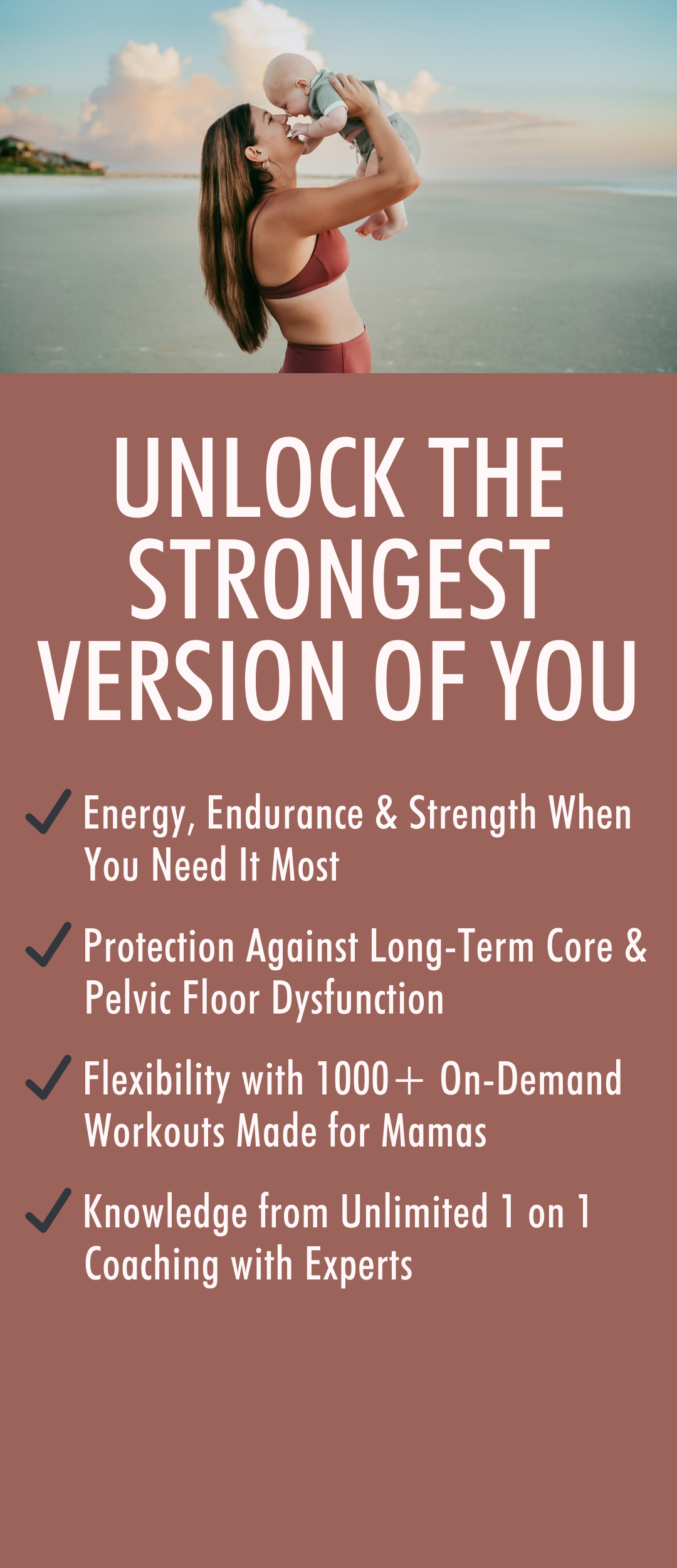3 Signs You Need to Take a Break During Core Workouts (Pregnancy & Postpartum Safe)

How do you know when to take a break during core exercises? If you’re pregnant or postpartum, or simply a woman with a core, understanding when to pause and reset can prevent injury and actually make you stronger in the long run.
Ignoring key warning signs during core workouts can lead to diastasis recti, pelvic floor dysfunction, and back pain, and lessened results—issues that many moms struggle with post-birth. The good news? You don’t need to avoid core work altogether. Instead, you just need to listen to your body and know when to take a break.
Here are the three biggest signs it’s time to pause, reset, and modify.

1️⃣ You’ve Lost Your Core Connection
Your deep core muscles (think transverse abdominis) should be engaged throughout each movement. If you suddenly feel your lower back, neck, or shoulders taking over, it’s a sign that your core is no longer properly activating.
How to Know:
❌ Your belly feels like it's bulging outward instead of engaging inward.
❌ Your back starts to ache during movements.
❌ Your core no longer feels controlled.
✅ What to Do: Stop, take a breath, and reconnect your core before continuing. If you can’t regain proper engagement, modify the movement or take a break.
💡 Want a step-by-step guide to core reconnection? [Try these diastasis recti-safe core exercises →]

2️⃣ You’re Not Regulating Intra-Abdominal Pressure
Seeing coning or doming in your belly? Feeling heaviness in your pelvic floor? These are red flags that your core is under too much strain.
Too much intra-abdominal pressure can make conditions like diastasis recti, pelvic floor weakness, or prolapse worse over time.
How to Know:
❌ You notice a ridge (doming) in the middle of your belly during movements.
❌ You feel heaviness or pressure in your pelvic floor (like something is pushing downward).
❌ Your breath feels shallow or strained during core work.
✅ What to Do: Modify the movement, focus on breathing technique, and use exhalation to engage your deep core instead of forcing through the exercise.
💡 Not sure how to manage intra-abdominal pressure? [Learn how to prevent coning & doming here →]

3️⃣ You’re Holding Your Breath
Breathing is your built-in core support system. If you hold your breath during core exercises, you’re creating extra pressure on your abdominal wall and pelvic floor—which can actually weaken your core over time.
How to Know:
❌ You catch yourself holding your breath when exerting effort.
❌ You feel lightheaded or tense mid-exercise.
❌ You’re unable to sync your breathing with movement.
✅ What to Do: Exhale on exertion (the hardest part of the movement) and inhale to reset. The right breath pattern is just as important as the movement itself!
💡 Learn how to train your core safely with breathwork → [Try our guided prenatal core classes and postnatal core classes free for 7 days!]
Why Breaks Make You Stronger
Taking a break isn’t giving up—it’s training smarter. If you push through poor form, improper breath, or excess pressure, you risk injury and slower recovery postpartum.
Instead, listen to your body, modify when needed, and prioritize form over reps.
💡 Get 7 days of free pregnancy & postpartum core workouts with individual coaching support included to help you move safer and smarter. Start your free trial today.
[Join Studio Bloom’s Prenatal Classes FREE Now]
[Join Studio Bloom’s Postpartum Classes FREE Now]






